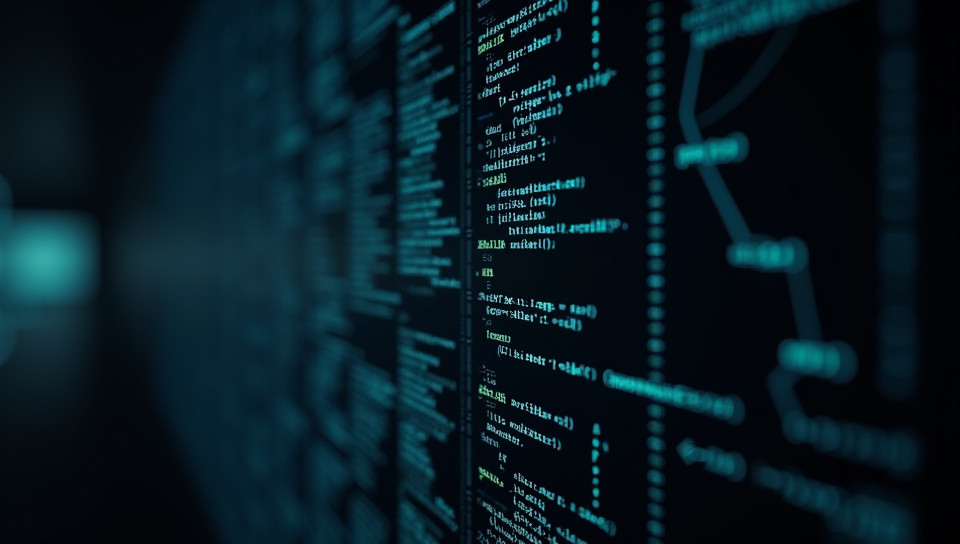All nodes have a copy of the ledger 98%

The Backbone of Distributed Ledgers: A Comprehensive Guide
Imagine a world where financial transactions are recorded and verified in real-time, without the need for intermediaries or central authorities. This vision is made possible by distributed ledgers, a technology that has revolutionized the way we think about data management and security. At the heart of this technology lies a simple yet powerful concept: all nodes have a copy of the ledger.
What is a Ledger?
A ledger is essentially a digital bookkeeping system that records transactions in a sequential and chronological order. In traditional banking systems, ledgers are maintained by central authorities, such as banks or government agencies. However, in distributed ledger technology, multiple nodes on a network maintain copies of the ledger, ensuring that all participants have access to the same information.
How Do Distributed Ledgers Work?
Here's a high-level overview of how distributed ledgers work:
- Each node on the network has a copy of the ledger
- Transactions are broadcast to the network and verified by nodes using complex algorithms
- Once verified, transactions are added to the ledger and propagated to all nodes on the network
- Nodes update their local copies of the ledger to reflect the new transaction
Benefits of Distributed Ledgers
The benefits of distributed ledgers are numerous:
- Security: With multiple nodes maintaining a copy of the ledger, it becomes virtually impossible for a single entity to manipulate or alter the data.
- Transparency: All participants have access to the same information, promoting transparency and accountability.
- Efficiency: Transactions are processed in real-time, eliminating the need for intermediaries and reducing processing times.
Conclusion
In conclusion, the concept of all nodes having a copy of the ledger is the backbone of distributed ledgers. This technology has the potential to transform industries such as finance, healthcare, and supply chain management by providing a secure, transparent, and efficient way to manage data. As this technology continues to evolve, we can expect to see even more innovative applications in the future.
- Created by: Ömer Asaf Özkan
- Created at: Jan. 1, 2025, 11:28 a.m.
- ID: 17195